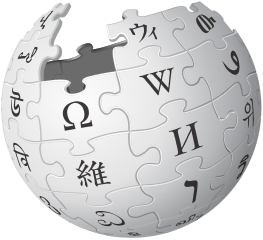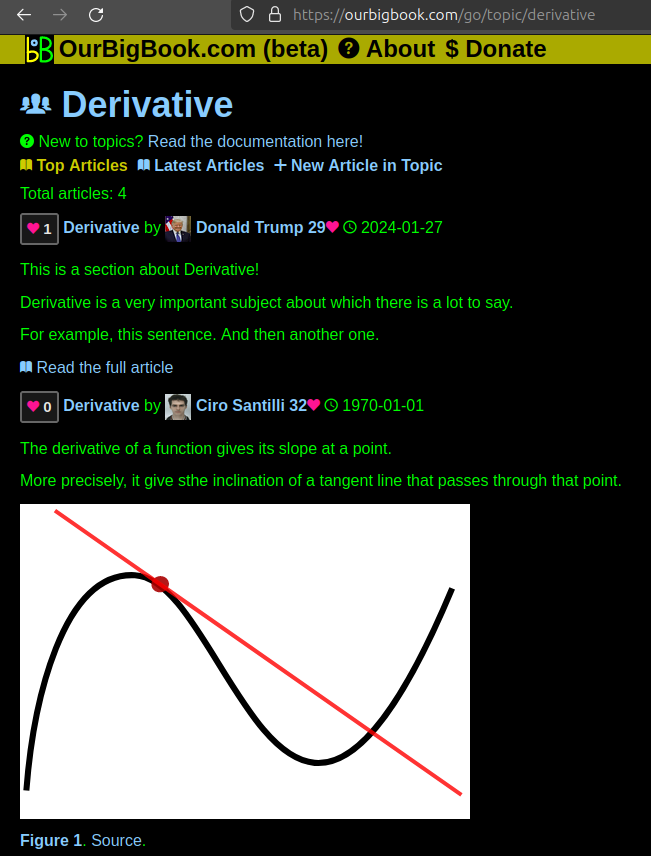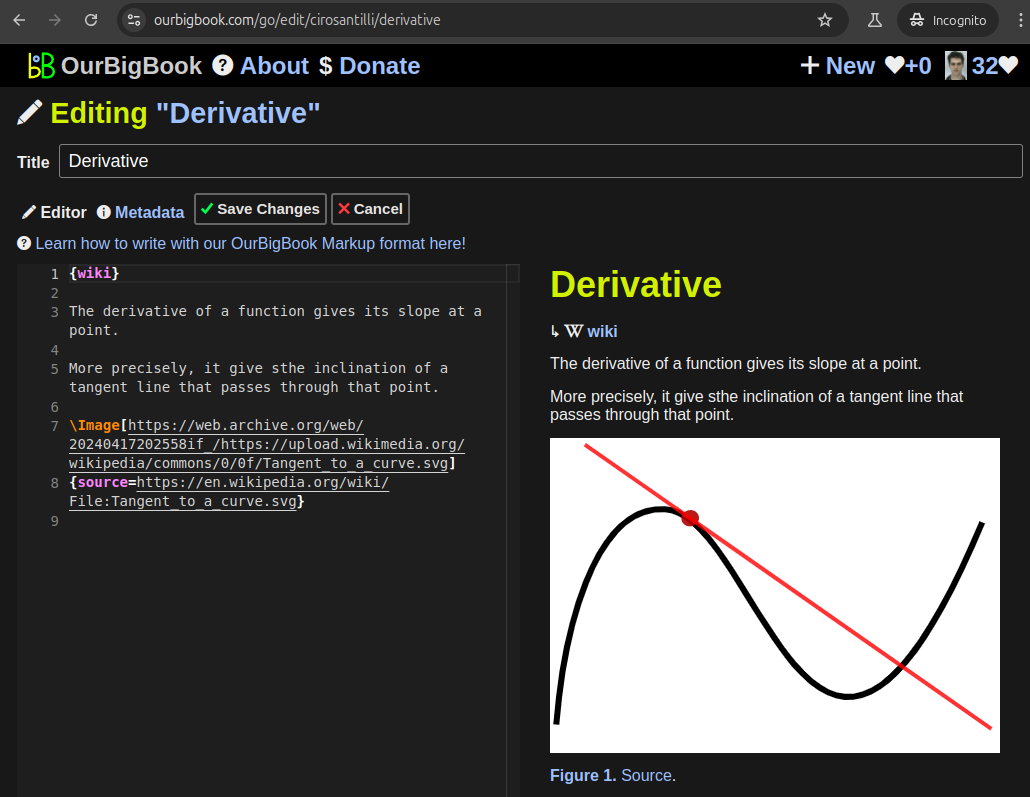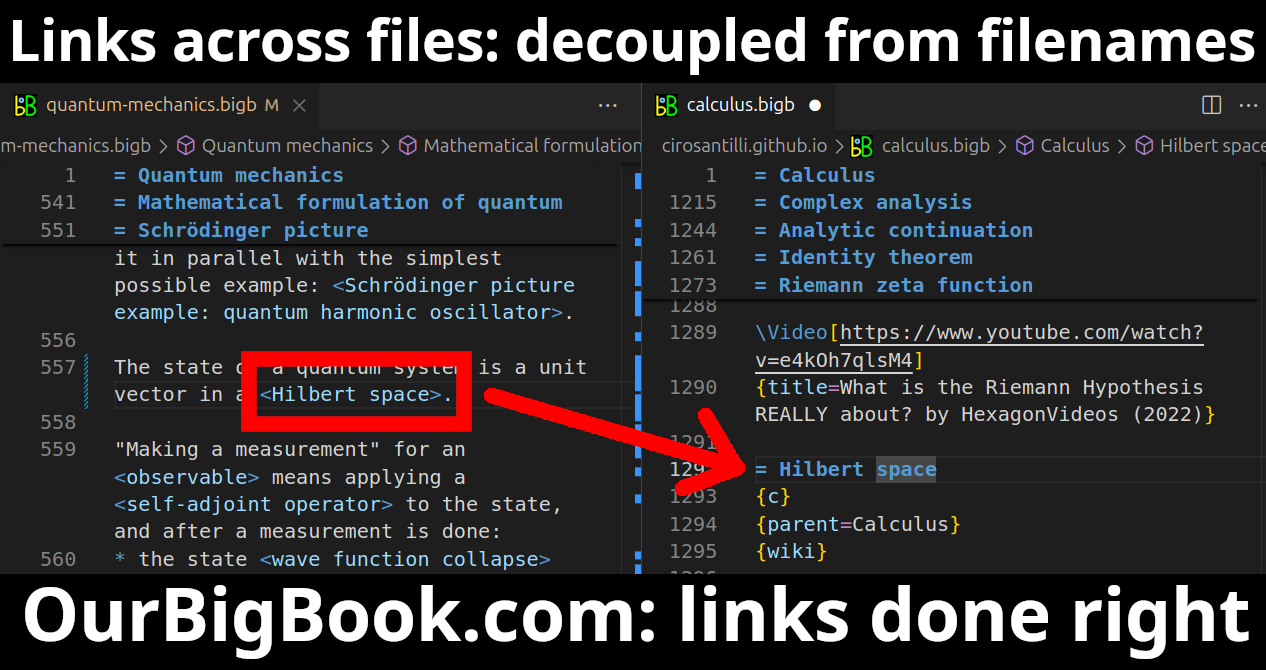Bill Gropp is a prominent computer scientist known for his contributions to high-performance computing and parallel programming. He is particularly recognized for his work on the Message Passing Interface (MPI), a standardized method for communication in parallel computing environments. Gropp has been involved in research and development of software tools and methodologies that facilitate parallel computation, and he has authored numerous papers and articles on these topics.
Christine Shoemaker is a notable figure in the field of civil and environmental engineering, particularly recognized for her work in groundwater modeling, hydrology, and environmental systems. She has made significant contributions to the development and application of computational methods for understanding and managing water resources. Shoemaker is also known for her academic roles, including her position at Pennsylvania State University. In addition to her research, she has contributed to education in engineering and served on various professional boards and organizations.
David Shmoys is a notable researcher and professor in the field of operations research and industrial engineering. He has made significant contributions to areas such as optimization, combinatorial algorithms, and logistics. Shmoys is often associated with his work on approximation algorithms for combinatorial problems and has published numerous papers on these topics. He is also known for his role in academia, particularly his position at Cornell University, where he has been involved in teaching and mentoring students in areas related to operations research and optimization.
Donald Geman is an American mathematician known for his work in probability theory, statistics, and machine learning. He is notably recognized for contributions in areas such as statistical learning theory and image analysis. He has been involved in research at institutions like Johns Hopkins University and has authored or co-authored numerous publications in mathematical statistics and its applications.
Forman A. Williams is a prominent figure in the field of combustion science and engineering. He is known for his contributions to the study of combustion processes, including the theoretical and experimental aspects of combustion phenomena. Williams has authored several influential papers and books on combustion, which have been widely cited in the scientific community. One of his notable works is the book "Combustion Theory," which serves as a foundational text for students and researchers in the field.
G. I. Taylor refers to Sir Geoffrey Ingram Taylor, a prominent British fluid dynamicist and applied mathematician. Born in 1886 and passing away in 1975, Taylor made significant contributions to various fields, including fluid mechanics, turbulence, and the behavior of dispersions.
Houman Owhadi is a prominent figure in the field of applied mathematics and statistics, particularly known for his work in robust optimization, uncertainty quantification, and their applications in engineering and the sciences. He has made significant contributions to the development of methods for decision-making under uncertainty. In addition to his research, Owhadi has often been involved in academia, teaching, and supervising students in quantitative fields.
J. Alan George is a well-known figure in the field of computer science, particularly recognized for his work in the areas of computer architecture, parallel computing, and high-performance computing. He has held academic positions and has contributed to research and education in these domains.
James A. Yorke is a prominent American mathematician known for his contributions to various fields including dynamical systems, chaos theory, and mathematical modeling. He is particularly recognized for coining the term "chaos" in a mathematical context and for his work on the mathematical underpinnings of chaotic systems. Yorke has also been involved in developing tools and concepts related to the study of bifurcation and strange attractors.
"Jean Taylor" may refer to different individuals or contexts depending on the area of interest. Without additional context, it's challenging to determine exactly which "Jean Taylor" you're referring to. Here are a few possibilities: 1. **A fictional character**: Jean Taylor could be a character from a book, movie, or TV show. 2. **An author**: There might be writers or academics by that name.
Lieven De Lathauwer is a Belgian mathematician known for his contributions to the fields of algebraic topology, representation theory, and related areas. He has been involved in research focusing on various mathematical concepts and has published numerous papers in academic journals.
Marsha Berger is a notable American computer scientist recognized for her contributions to the field of computer graphics and computational geometry. She is a professor at the Courant Institute of Mathematical Sciences at New York University. Her research interests include algorithms for geometric problems, mesh generation, and computer graphics, among other topics. Berger has made significant contributions to the understanding and application of computational geometry in various areas, including geometric modeling.
Mason Porter could refer to several things, depending on the context. Primarily, it is likely to refer to an individual named Mason Porter, who could be a professor or a researcher known for contributions in a specific academic field, such as mathematics or physics.
Misha Kilmer is a notable software engineer and researcher, particularly recognized for her work in applied mathematics, computational science, and related fields. She has contributed to various areas such as numerical analysis, computational fluid dynamics, and machine learning. Often, she is involved in developing algorithms and software for solving complex scientific problems.
Omar Ghattas could refer to an individual, but without additional context, it is difficult to provide specific information about him. He might be a professional in a certain field, a public figure, or a notable person in another context.
Pavol Hell does not appear to be a widely recognized term, concept, or notable figure in popular culture, history, literature, or any specific field based on the information available up until October 2023. It is possible that it could be a misspelling, a lesser-known term, or something newly coined after that date.
Prasad V. Tetali is a prominent mathematician known for his contributions to various fields such as discrete mathematics, combinatorics, and probability. He is particularly recognized for his work in areas related to random walks, Markov chains, and their applications in computer science and mathematical analysis. Tetali has published numerous research papers and has been involved in academic discussions and collaborations that advance the understanding of complex mathematical concepts.
Roland Glowinski is a prominent French mathematician known for his contributions to the fields of applied mathematics, particularly in optimal control, variational analysis, and numerical analysis. He has made significant advancements in the mathematical framework of game theory, differential equations, and the mathematical modeling of physical phenomena. His work often involves the application of mathematical principles to solve real-world problems in engineering and economics. Glowinski has authored numerous research papers and has been influential in the development of computational methods in mathematics.
Russell E. Caflisch is a prominent American mathematician known for his contributions in the field of applied mathematics, particularly in numerical analysis and computational mathematics. He has worked extensively on topics such as fluid dynamics, mathematical modeling, and the development of algorithms for solving complex problems in various scientific fields. Caflisch has also been involved in academia, having held positions at institutions such as UCLA, where he has contributed to research and education in mathematics.
A charismatic, perfect-English-accent (Received Pronunciation) physicist from University of Cambridge, specializing in quantum field theory.
He has done several "vulgarization" lectures, some of which could be better called undergrad appetizers rather, a notable example being Video "Quantum Fields: The Real Building Blocks of the Universe by David Tong (2017)" for the prestigious Royal Institution, but remains a hardcore researcher: scholar.google.com/citations?hl=en&user=felFiY4AAAAJ&view_op=list_works&sortby=pubdate. Lots of open access publications BTW, so kudos.
The amount of lecture notes on his website looks really impressive: www.damtp.cam.ac.uk/user/tong/teaching.html, he looks like a good educator.
David has also shown some interest in applications of high energy mathematical ideas to condensed matter, e.g. links between the renormalization group and phase transition phenomena. TODO there was a YouTube video about that, find it and link here.
Ciro Santilli wonders if his family is of East Asian, origin and if he can still speak any east asian languages. "Tong" is of course a transcription of several major Chinese surnames and from looks he could be mixed blood, but as mentioned at www.ancestry.co.uk/name-origin?surname=tong it can also be an English "metonymic occupational name for a maker or user of tongs". After staring at his picture for a while Ciro is going with the maker of tongs theory initially.
Pinned article: Introduction to the OurBigBook Project
Welcome to the OurBigBook Project! Our goal is to create the perfect publishing platform for STEM subjects, and get university-level students to write the best free STEM tutorials ever.
Everyone is welcome to create an account and play with the site: ourbigbook.com/go/register. We belive that students themselves can write amazing tutorials, but teachers are welcome too. You can write about anything you want, it doesn't have to be STEM or even educational. Silly test content is very welcome and you won't be penalized in any way. Just keep it legal!
Intro to OurBigBook
. Source. We have two killer features:
- topics: topics group articles by different users with the same title, e.g. here is the topic for the "Fundamental Theorem of Calculus" ourbigbook.com/go/topic/fundamental-theorem-of-calculusArticles of different users are sorted by upvote within each article page. This feature is a bit like:
- a Wikipedia where each user can have their own version of each article
- a Q&A website like Stack Overflow, where multiple people can give their views on a given topic, and the best ones are sorted by upvote. Except you don't need to wait for someone to ask first, and any topic goes, no matter how narrow or broad
This feature makes it possible for readers to find better explanations of any topic created by other writers. And it allows writers to create an explanation in a place that readers might actually find it.Figure 1. Screenshot of the "Derivative" topic page. View it live at: ourbigbook.com/go/topic/derivativeVideo 2. OurBigBook Web topics demo. Source. - local editing: you can store all your personal knowledge base content locally in a plaintext markup format that can be edited locally and published either:This way you can be sure that even if OurBigBook.com were to go down one day (which we have no plans to do as it is quite cheap to host!), your content will still be perfectly readable as a static site.
- to OurBigBook.com to get awesome multi-user features like topics and likes
- as HTML files to a static website, which you can host yourself for free on many external providers like GitHub Pages, and remain in full control
Figure 3. Visual Studio Code extension installation.Figure 4. Visual Studio Code extension tree navigation.Figure 5. Web editor. You can also edit articles on the Web editor without installing anything locally.Video 3. Edit locally and publish demo. Source. This shows editing OurBigBook Markup and publishing it using the Visual Studio Code extension.Video 4. OurBigBook Visual Studio Code extension editing and navigation demo. Source. - Infinitely deep tables of contents:
All our software is open source and hosted at: github.com/ourbigbook/ourbigbook
Further documentation can be found at: docs.ourbigbook.com
Feel free to reach our to us for any help or suggestions: docs.ourbigbook.com/#contact






